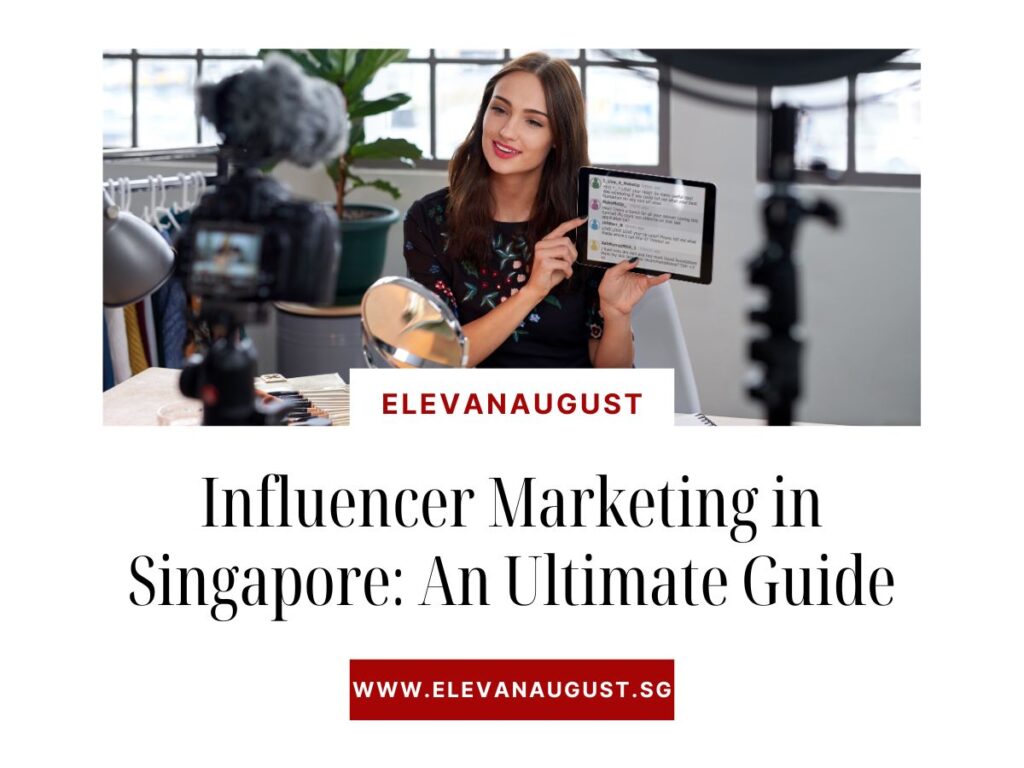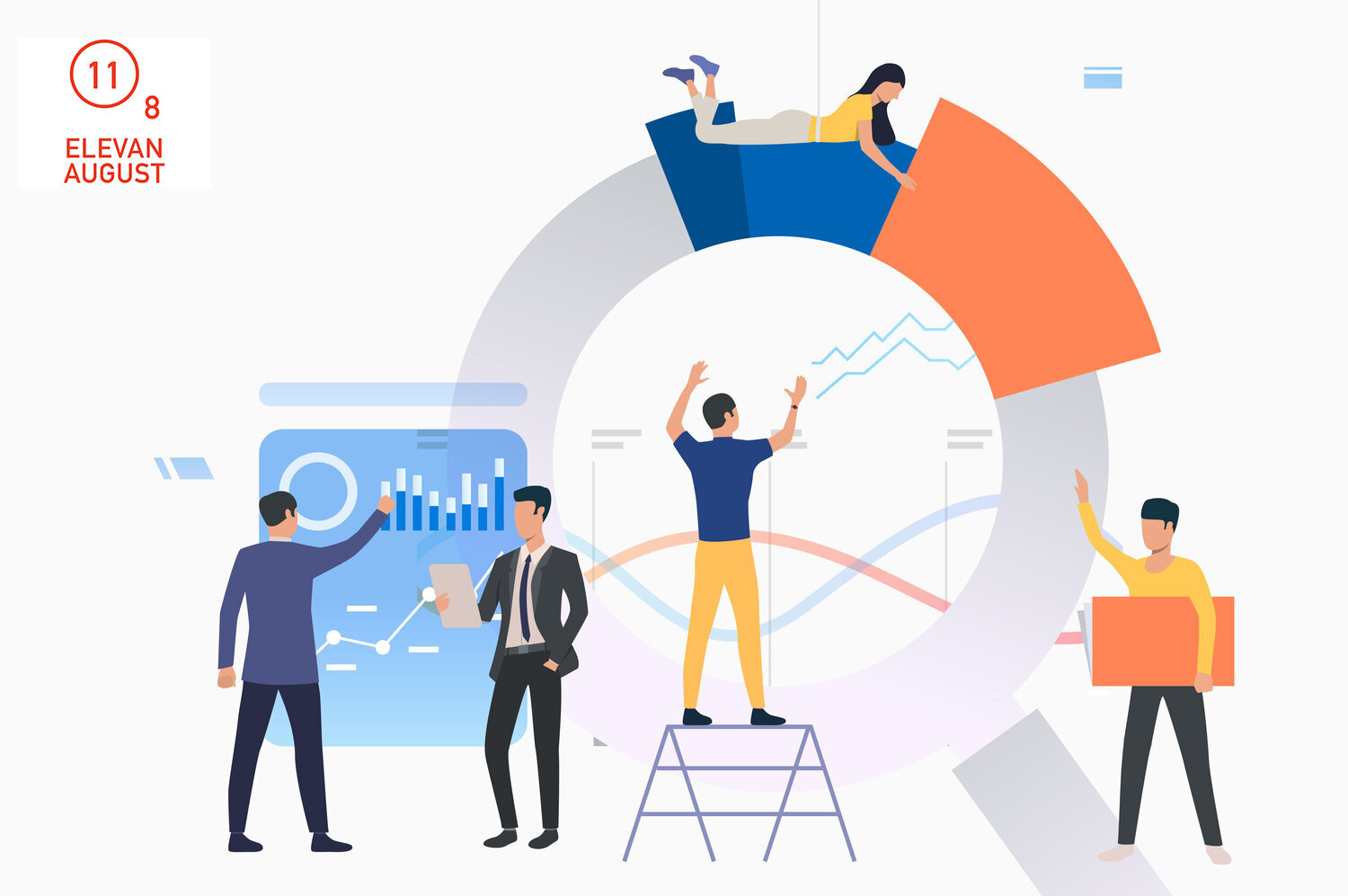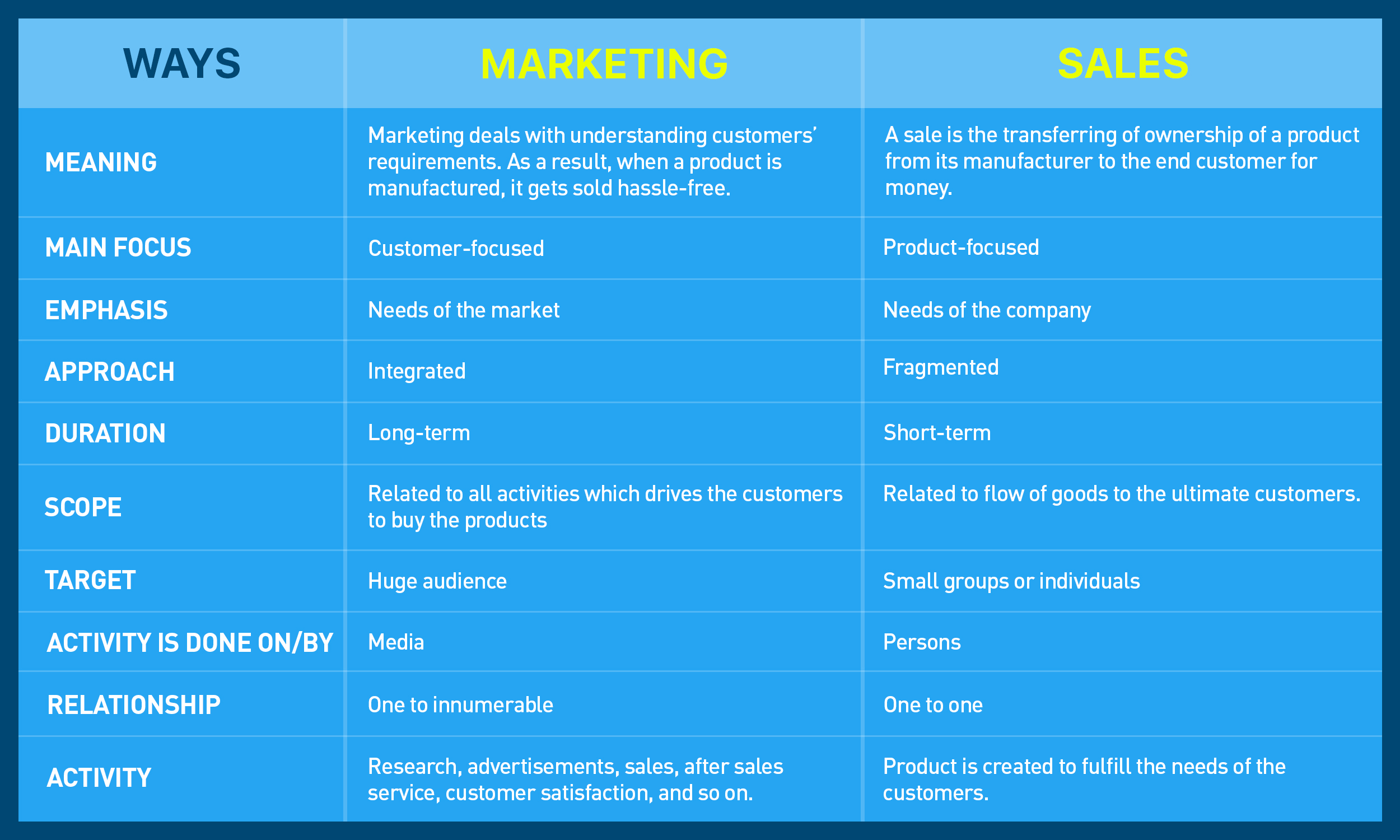Influencer marketing is big in Singapore. It works and delivers excellent ROI. Some of the biggest brands leverage influencers’ reach to promote their products and drive customer engagement.
But it’s all not so easy.
It’s far from just getting an influencer to post a picture on Instagram about your product.
There are many nuances critical in ensuring that influencer marketing campaigns are optimally effective.
Ideally, you should work with a digital marketing agency in Singapore to ensure your campaigns are successful and your efforts yield better results. But if you’re going the DIY way, how should you go about influencer marketing in Singapore?
That’s what we’ll cover in this article. Let’s start with the basics!
Understanding the Fundamentals
Influencer marketing involves using social media personalities to boost brand awareness, engagement, and sales through relatable endorsements.
Based on their following size, standard tiers include:
- Nano influencers: Under 10,000 followers, they offer high engagement rates with a niche audience
- Micro-influencers: Around 10,000 to 50,000 followers, they are seen as experts on specific topics
- Macro-influencers: With 50,000 to 1 million followers, they provide extensive reach
- Mega-influencers: Over 1 million followers, these are often celebrity influencers who can connect with a very wide audience
Planning Your Influencer Marketing Campaign
Step 1: Define Your Goals
Clarity around the exact purpose of your influencer collaborations is key.
Are you driving brand awareness? Launching a new product? Increasing sales?
Setting measurable targets aligned to clear goals allows you to better evaluate success later.
For example, if the goal is brand visibility, partnering with an influencer with a sizeable and engaged Singapore-based following makes sense.
Specific targets could be increasing social followers by 20% or the number of views on co-created content.
Well-defined direction sets up both your team and the influencer for maximum impact.
Step 2: Identify the Right Influencer
Rather than just follower count, ensure potential partners align with your brand values and can connect genuinely with your target audience.
There are many third-party tools that provide data on audience demographics and engagement levels to evaluate fit.
If your eco-friendly shop seeks micro-influencers, assess not only their content relevance but also the authenticity of their sustainability advocacy.
Step 3: Craft a Compelling Offer
Your offer depends on the value an influencer brings.
This may range from free products to exclusive discounts or monetary compensation.
Clearly define expected deliverables, such as required posts, stories, or video styles (reviews, tutorials, more), and usage rights for their content.
The goal is a mutually beneficial relationship that incentivizes their ongoing participation.
Step 4: Develop the Campaign Brief
A detailed creative brief is key, providing a roadmap of your expectations and guidelines. This should outline campaign goals, specific CTAs, types of required content across platforms, ideal posting schedules, and deadlines.
While you want to provide direction, also allow reasonable creative freedom to spark authentic recommendations.
For example, if your restaurant aims to promote new menu items, dictate dishes to feature but let the influencer determine the best presentation format and style.
Step 5: Launch and Monitor the Campaign
Once the content is live, closely track performance using tools like Google Analytics.
Monitor engagement rates, website traffic, conversions, and sales against your goals.
This allows real-time optimization. If initial posts lag expectations, tweak messaging or creative approaches to spark more interest.
The key is continually refining the campaign to maximize impact.
Step 6: Review and Optimize
Comprehensive post-campaign analysis based on collected data is invaluable for future success.
Examine what content types and messaging worked well or fell flat with in-depth influencer discussions.
For example, if a cooking video drove the most conversions, emphasize similar video collaborations going forward.
Identify why some elements were more effective so that you can replicate the approach.
Debriefs should cover what to refine and which successes to amplify.
Final Thoughts
Planning and running an influencer marketing campaign has challenges in partnership alignment, narrative creation, and results measurement. When you work with a digital marketing agency Singapore specializing in influencer marketing, they can help you address these challenges.
They excel at handling contractual complexities, identifying the right influencers, developing compelling messaging, and tracking ROI.
Their expertise in the latest trends ensures your collaborations inspire engagement rather than sounding promotional.
The right agency partnership allows you to effectively enhance brand visibility and connect with target audiences at scale locally.
So, if you’re serious about using influencer marketing as a growth channel for your business, consider working with a digital marketing agency in Singapore, like Elevan August. Leverage their hands-on experience to create and execute outstanding campaigns that deliver optimum results. Contact the team today to know more.






